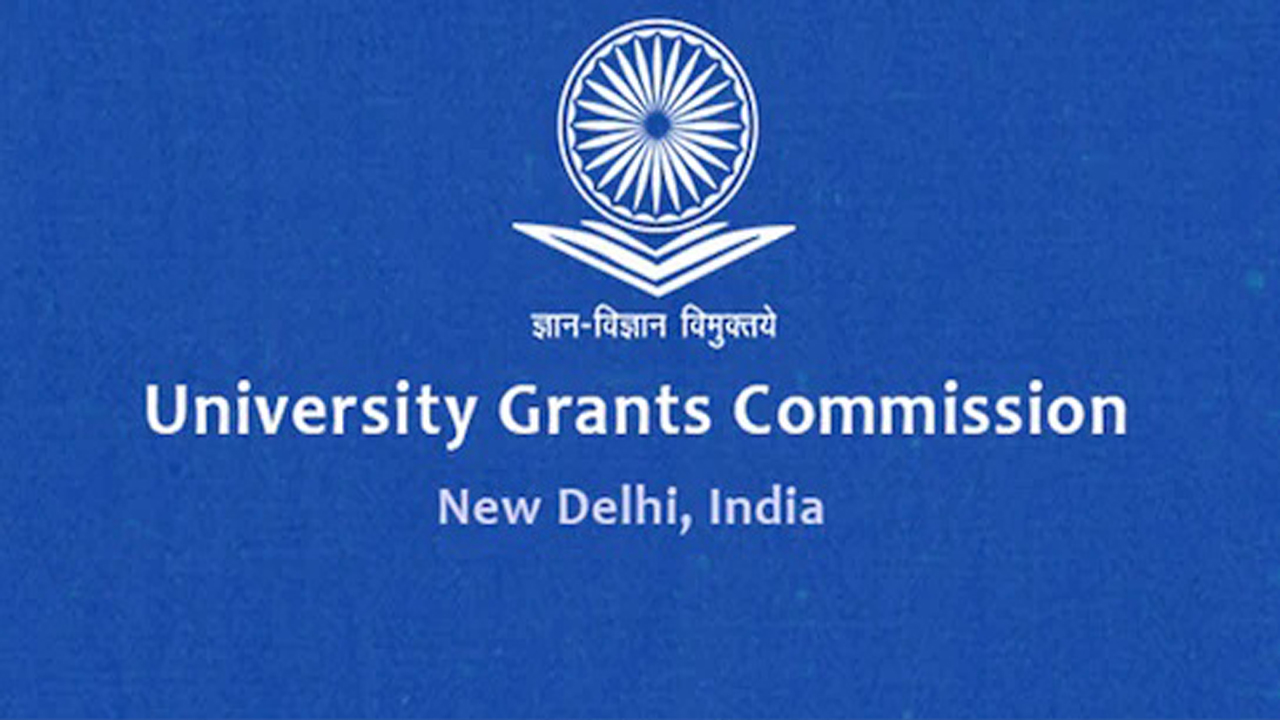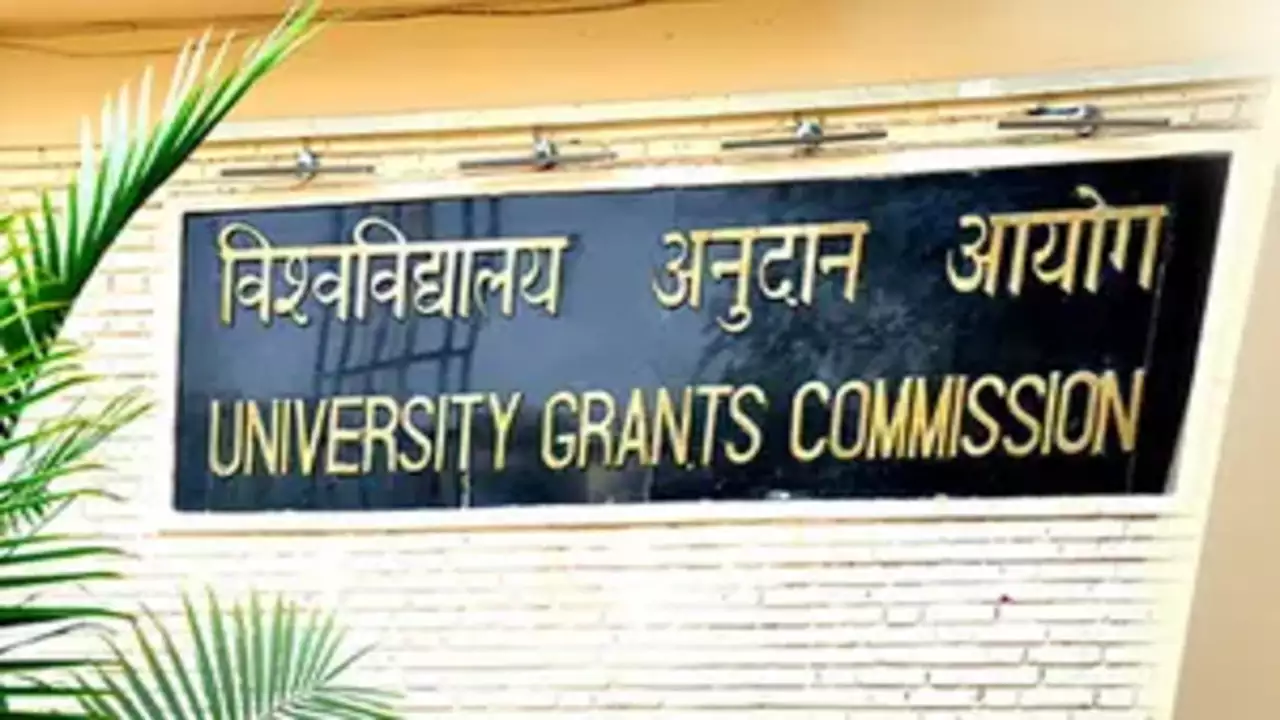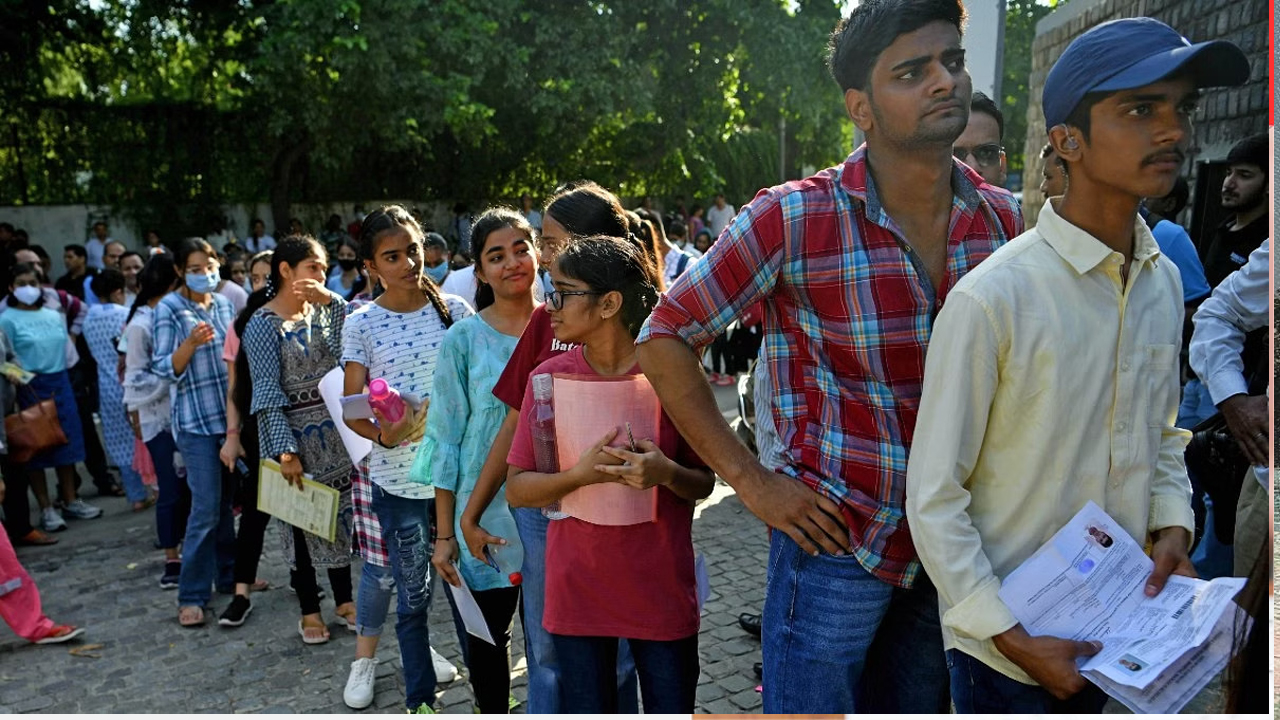In a groundbreaking move poised to reshape the landscape of higher education in India, the University Grants Commission (UGC) has announced a significant change in the eligibility criteria for Assistant
All posts tagged in UGC
The Indian government has taken a significant step towards protecting students from falling prey to fraudulent educational institutions by identifying and taking action against 21 fake universities operating across the
विश्वविद्यालय अनुदान आयोग (यूजीसी) ने कॉमन यूनिवर्सिटी एंट्रेंस टेस्ट (CUET) में बड़े बदलावों की घोषणा की है। यह परीक्षा देश के कई प्रमुख विश्वविद्यालयों में स्नातक और स्नातकोत्तर स्तर पर
भारत में Higher Education के क्षेत्र में एक क्रांतिकारी बदलाव आने वाला है। विश्वविद्यालय अनुदान आयोग (UGC) ने हाल ही में जारी की गई अपनी ड्राफ्ट गाइडलाइन्स में कई महत्वपूर्ण
The University Grants Commission (UGC) has recently made a significant stride towards enhancing flexibility in higher education by approving new regulations that allow undergraduate (UG) students to complete their degrees










